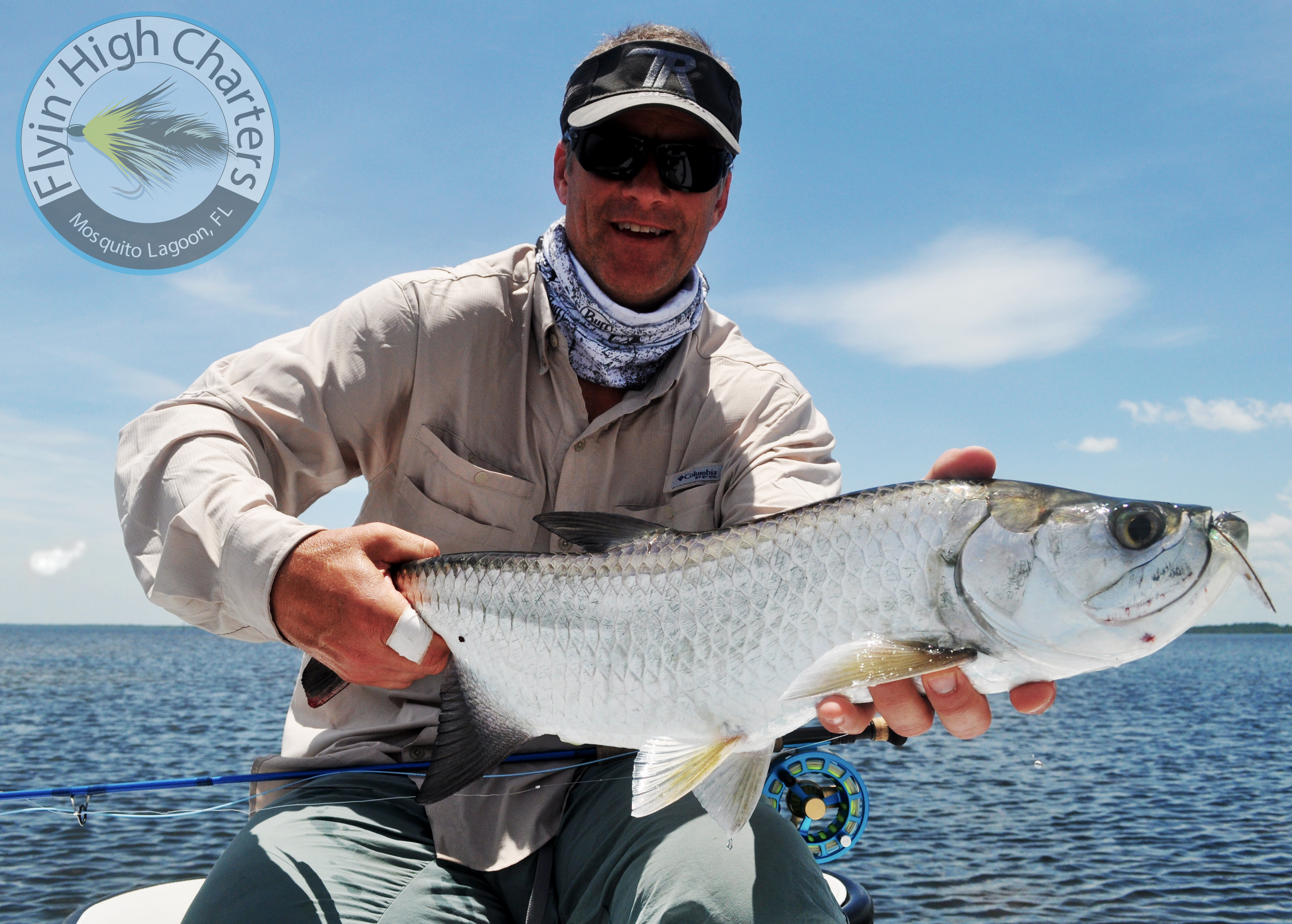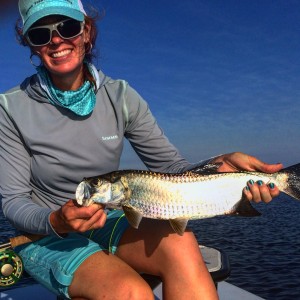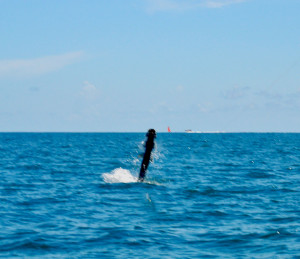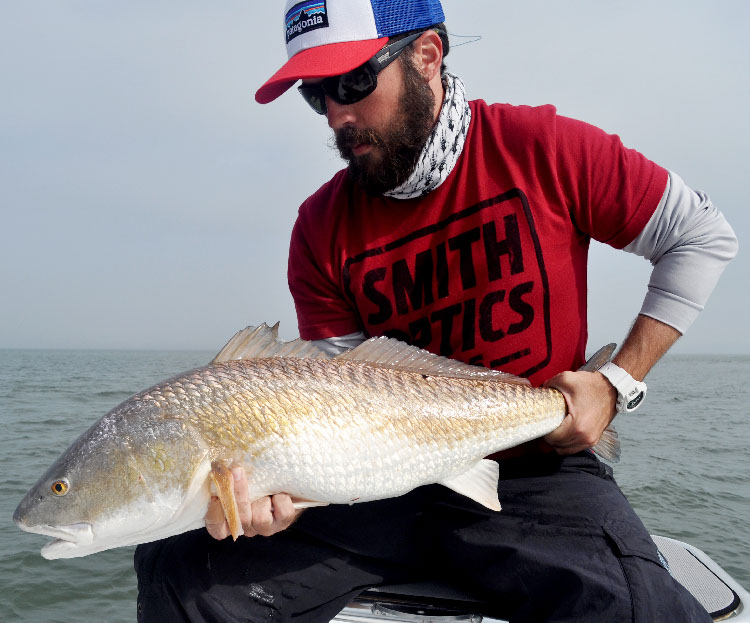What is sight fishing? Sight fishing is a tactic used by many anglers and guides where you see the fish swimming, laid up, tailing or pushing a wake and then make a presentation to that target with a lure or fly. Sight fishing is a preferred method of fishing for many anglers and guides. For a lot of anglers, they’ve never done this type of fishing before, let alone know what it means or how to do it… It’s more like hunting in the sense that you see your target versus fishing with live or dead bait waiting for a fish to come to your offering.
The first and most important element in sight fishing on Mosquito Lagoon, or any body of water, is to be able to see the fish. Your guide spends a lot of time on the water and their eyes are conditioned for spotting fish. Your eyes may not be and that is okay. After a little bit of time on the water and seeing a few examples of your target species doing their thing, you’ll quickly pick up on what to look for. There is one piece of equipment you must have in order to have a successful day of sight fishing, that is a quality pair of polarized sunglasses. There is a vast variety of options to chose from including lens colors, frames, lenses materials, etc. My personal choice of sunglasses for sight fishing on Mosquito Lagoon is Smith Optics, specifically their new line of lens, chromapop. The chromapop lenses is their newest technology featuring crisper color contrast and optical clarity. If you’re looking to upgrade your sunglasses for sight fishing, definitely check out the chromapop lens from Smith Optics.
Now that we’ve gone over the most important piece of equipment for sight fishing Mosquito Lagoon, let’s talk a little about what you are looking for. Sometimes sighting fish is really easy, they may stick out like a sore thumb. Below is a picture of a huge pod of tarpon pushing over a white sand bottom. There isn’t much for them to camouflage themselves therefore making it very easy to visually pick up on their presence.
It’s not always that easy to sight your target. Below is a picture of a redfish swimming away over a grassy bottom. As you can see, it can be much tougher to make out your target. There are some tips you can employ to better your odds of picking out a fish, visually, and increase your odds of making a good presentation that invokes an eat from a fish.
Tip number 1: Whenever you are sight fishing, you want to put the sun at your back. Having the sun at your back helps “light up” the flat and allows you to see through the water much better. If you are facing into the sun, there will be a glare on the water making it next to impossible to see through the water. Additionally, if the sun is at your back and you see a fish in front of you it means the fish is looking into the sun and it will be that much tougher for the fish to see you.
Tip number 2: When you are working a grass flat, focus on sand holes. Not only do fish tend to hang around the sand holes and use them as ambush points but as a fish swims over a sandy patch it will be much easier to visually pick up on the fish’s presence.
Tip number 3: Slow down. Sight fishing is a game of patience. You can’t force it. The slower you work an area, the better your odds get. Poling slowly across a flat will create a smaller footprint in the water, the fish will be less likely to feel your presence and you’ll give your eyes more time to dissect the flat.
I hope these tips help your sight fishing improve and result in more hook ups and more fish brought to the boat.
Capt. Jesse
www.FlyinHighCharters.com
(407) 448-2017
To find out more about Mosquito Lagoon or to book a fishing charter, give me a call!





